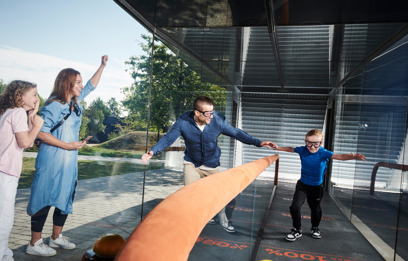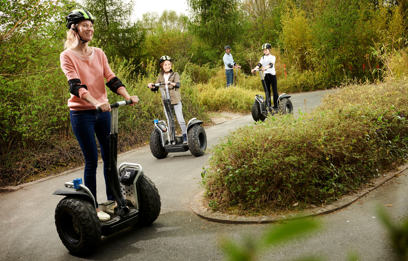
Sky Trail
Do you dare climb up to the clouds?
Read more
Our aim at Universe is to share our passion for science, technology and innovation with children and young people. So we have filled the park with a wealth of fabulous experiences and attractions. On your visit you can try lifting a car, build your own water rocket or roam around a virtual world. There are a host of awesome activities waiting to be explored.

Do you dare climb up to the clouds?

Try your strength against the storm

Keep your balance as you zoom around our Segway track

Nostalgic bumper cars on a modern and virtual level
It costs DKK 50 a day to use our parking lot. It is important that you read this, as we scan your license plate at the entrance and exit.
Read more
Use the hashtag #universedk